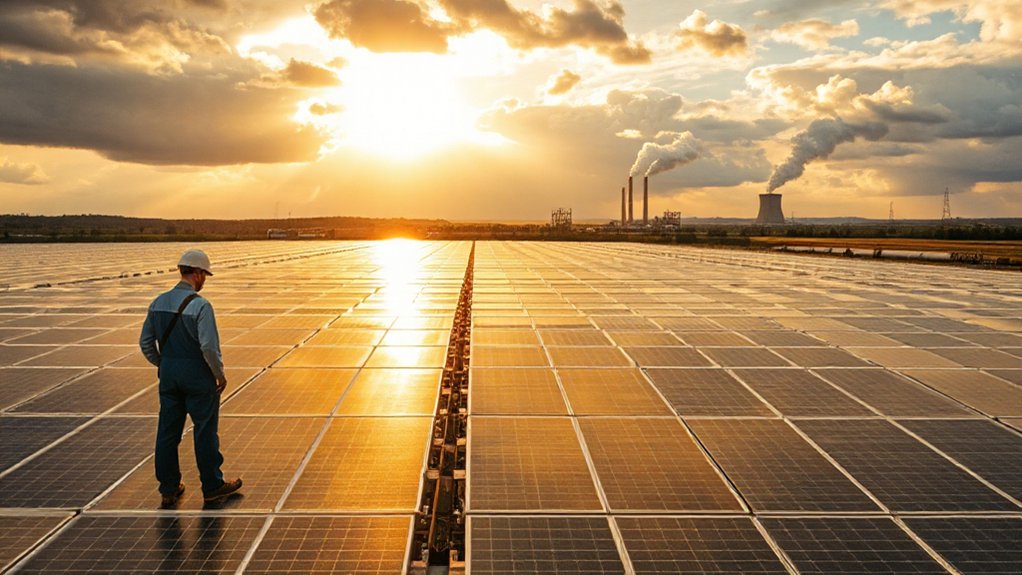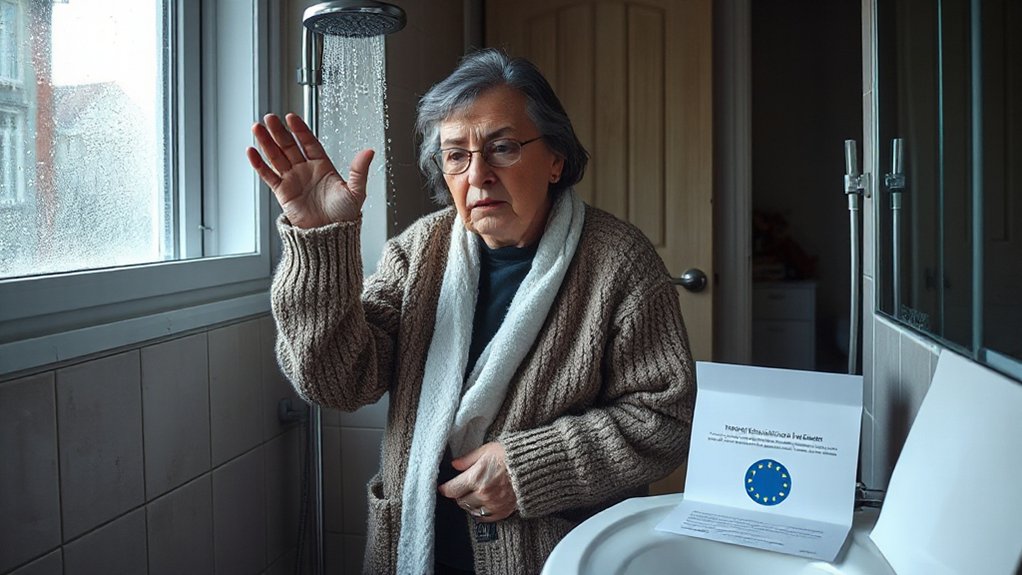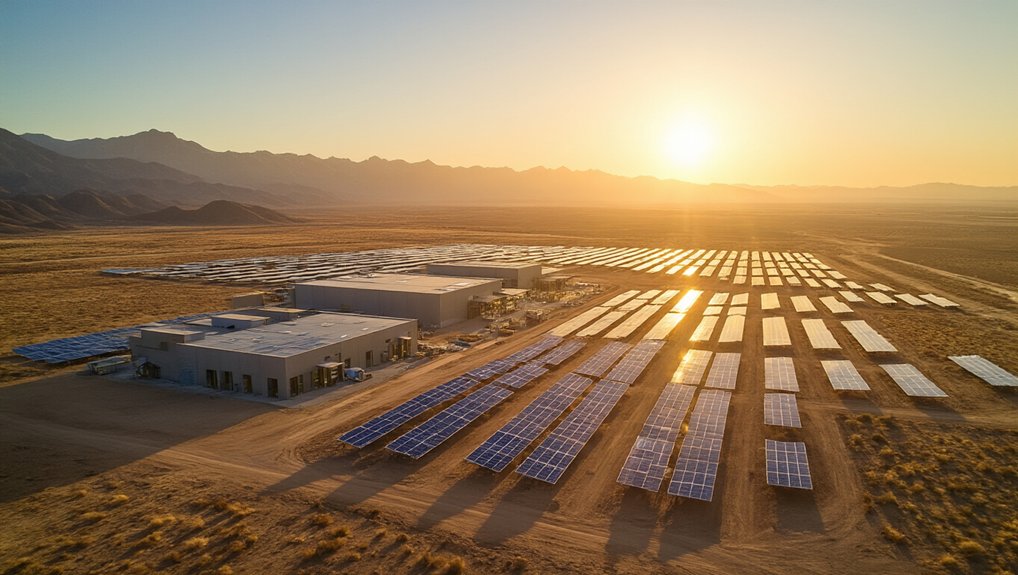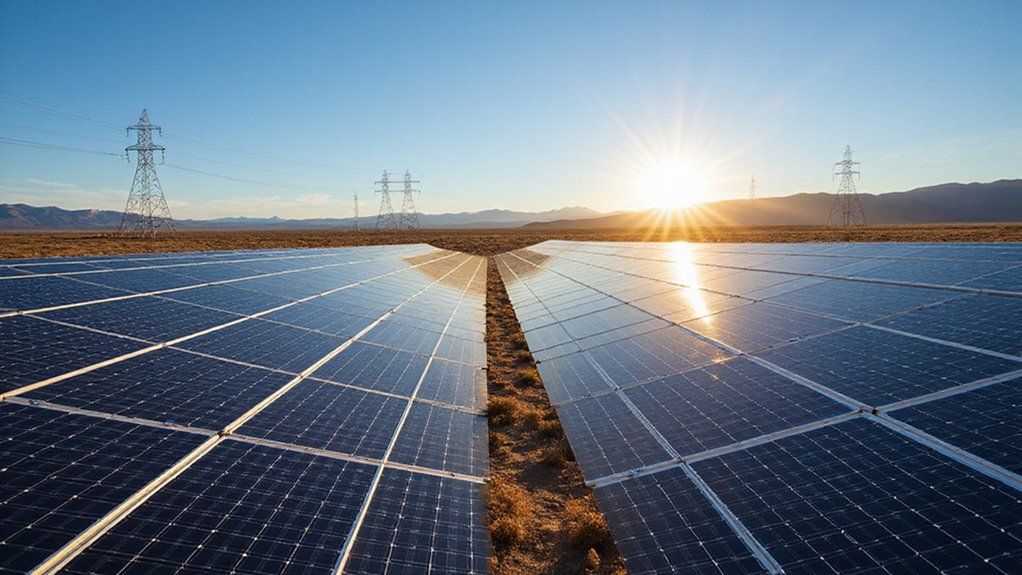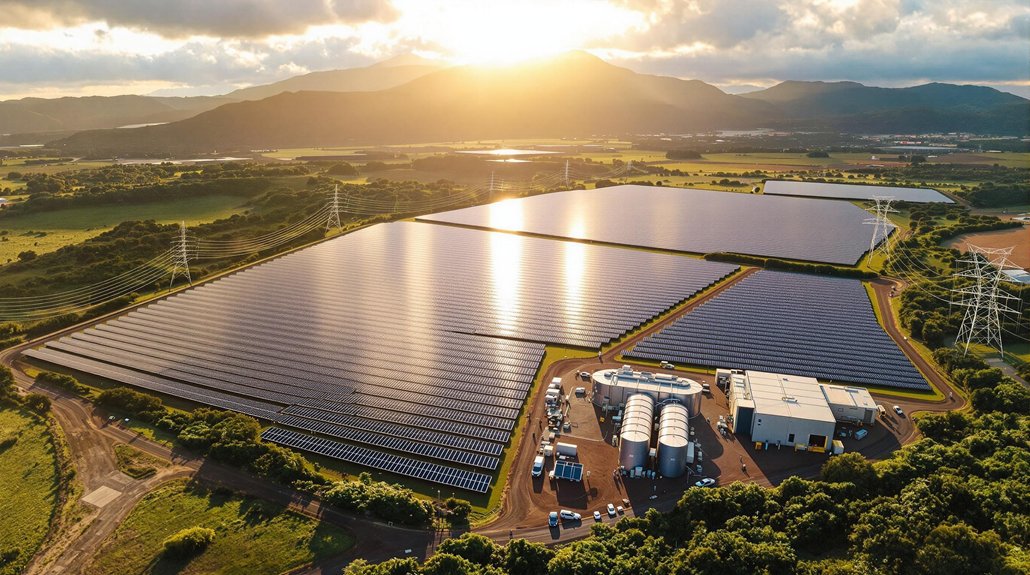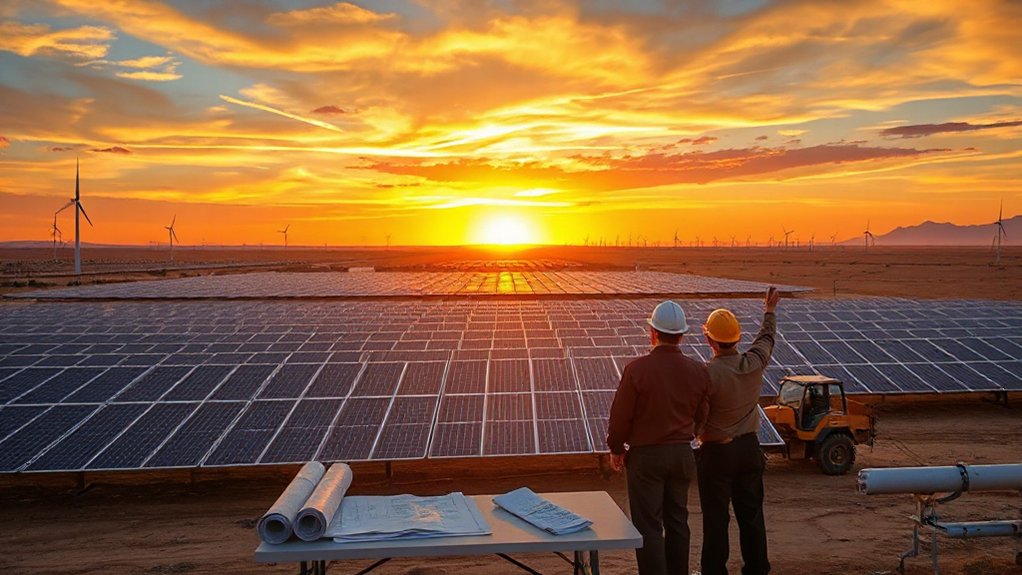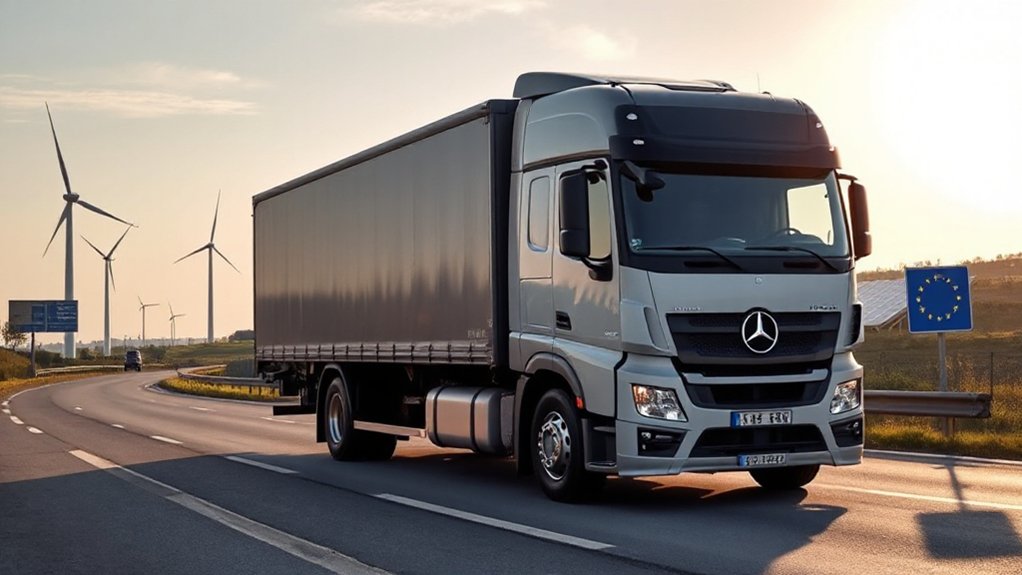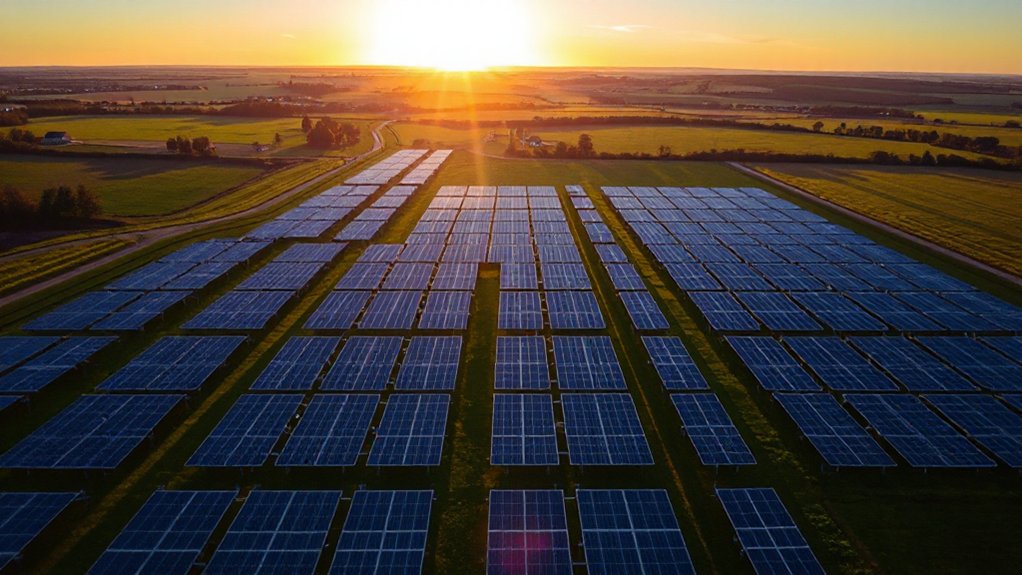While fossil fuel prices continue to swing wildly, solar electricity pricing has become increasingly predictable—and affordable. Recent analysis of the Levelized Cost of Energy (LCOE) shows that solar now ranges from just $0.038 to $0.078 per kilowatt-hour without tax credits. Yeah, you read that right. Solar is crushing traditional power sources on price—not just by a little, but by a lot.
Utility-scale solar projects have seen dramatic cost reductions over the past decade. Even when paired with energy storage—a game-changer for reliability—solar+storage systems deliver electricity between $0.05 and $0.131 per kWh. Cheaper than many fossil options. Much cheaper.
Solar plus storage isn’t just competing—it’s crushing fossil fuels at $0.05-0.131/kWh. The price war is over.
The residential market tells a similar story. A typical home solar system runs between $25,000 and $45,000 before incentives. Sounds steep? Not when you factor in the 30% federal tax credit knocking thousands off that price tag. Add state and local rebates—up to another $5,000 in savings—and suddenly the math gets interesting.
Solar panels now cost around $2 to $3 per watt, with the average professionally installed panel priced at about $1,200. A standard 6kW system’s panels run about $15,000. Not pocket change, but not highway robbery either. As the fastest growing renewable in the global market, solar continues to benefit from economies of scale that drive costs down.
Financing has evolved too. Solar loans might add $3,000 to $8,000 in interest, but monthly payments often undercut regular utility bills. Day one savings. No waiting.
Market dynamics remain strong despite looming changes. The federal tax credit expires after December 31, 2025—potentially jacking up costs by 30% for latecomers. Smart money is moving now.
Meanwhile, utility electricity rates keep creeping upward. Solar prices keep dropping. The gap widens. The decision gets easier.
Higher efficiency panels cost more upfront but deliver better long-term value. Most homeowners achieve payback periods of 6-10 years, with potential savings of $15,000-$40,000 over the system’s 25-year lifespan. Modern homeowners can dramatically reduce costs by selecting the right system size with battery storage options ranging from $3,000 to $20,000 depending on capacity needs. They last longer. Produce more power. Simple math.
The data is clear. Solar isn’t just competitive—it’s dominant. The price war is over, and fossil fuels lost. Badly.
References
- https://www.ecoflow.com/us/blog/how-much-does-home-solar-system-cost-2025
- https://www.thisoldhouse.com/solar-alternative-energy/solar-panel-cost
- https://www.lazard.com/media/uounhon4/lazards-lcoeplus-june-2025.pdf
- https://pv-magazine-usa.com/2025/07/01/solar-cost-of-electricity-beats-lowest-cost-fossil-fuel-even-without-tax-credits/
- https://www.energysage.com/local-data/solar-panel-cost/
- https://www.solar.com/learn/will-electricity-prices-go-down/
